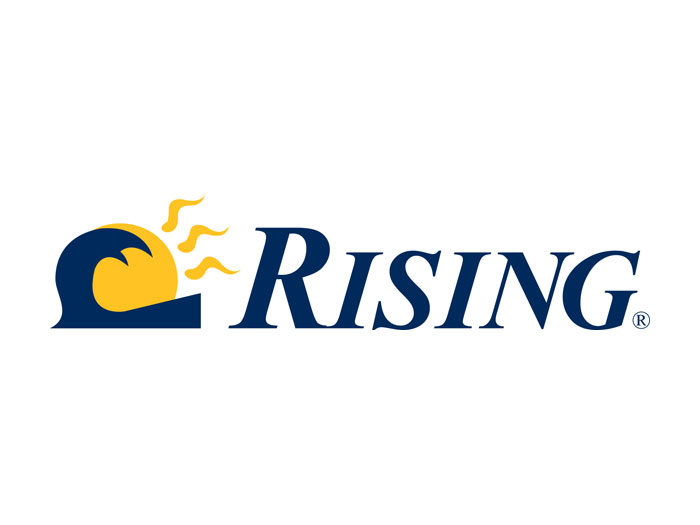Independent Medical Examinations Are Judged by Their Covers. How to Make Sure You Get It Right
The old adage “You can’t judge a book by its cover” may be true when it comes to reading the latest novel from your favorite author, but when it comes to independent medical examinations (IME), the cover letter means everything.
Though often overlooked in the IME process, the cover letter is the single most important communication tool for the physician reviewer. It allows him or her to understand specifically what needs to be addressed when an IME is recommended to evaluate the treatment, progression of return to work and functional capabilities of the injured person.
For most injuries, there is a standard treatment workflow and recovery timeline. When the process deviates from this normal flow, it raises questions and concerns. Independent medical examinations can help an adjuster determine whether the current treatment plan is appropriate.
But regardless of the quality of the provider conducting the IME, if the cover letter doesn’t clearly spell out what needs to be addressed, it can lead to an incomplete exam. In fact, IME requesters often won’t notice something has gone awry until they receive the resulting IME report.
For instance, it may lack the physician’s medical opinion on a vital component of the claim. Upon review of an incomplete exam, it is often determined the issue wasn’t clearly outlined in the initial cover letter. To prevent this, a good IME cover letter should meet these objectives:
- Provide an introduction as to the purpose of the IME
- Establish a framework upon which an independent medical evaluator can focus for the examination and report
- Ask specific questions that will assist in claims administration
Make It Simple
IME physicians are extremely busy. Aside from conducting IMEs, they run active practices and many teach and serve as expert witnesses. As a result, it’s important that a cover letter be clear and concise, minimizing the need for a busy physician to decipher what’s being asked.
In addition, the IME must be impartial so a requesting party cannot be perceived as trying to influence the result. As such, requesters won’t have direct contact with the IME physician prior to the exam. Instead, it’s the cover letter that serves as the primary means of communication between the requester and IME physician.
It may seem elementary, but physicians typically have the cover letter in front of them as they dictate a report. Most physicians will run down the cover letter, making sure they answer the questions it poses. When the questions are numbered and in subset outline format, it’s easy for them to find the starting point and stay on track as they run through those questions in their dictation.
Check the Details
Once you have prepared your cover letter, take a moment to review it one last time. You want to be sure that you have made every effort to avoid redundancy in your questions.
When you ask a question more than once, or you ask the same question in a different fashion, you open the door to an opportunity for the physician to contradict him or herself. In a report, the slightest change in language can impact the entire outcome of the report. So, when possible, avoid asking redundant questions.
Providers should include medical rationale to support their opinions in every single report they prepare. Opinions supported by medical literature are much stronger from a defense perspective.
You may not think you have to include this request in your cover letter, but we have found that adding a reminder at the end of your letter for the provider to support his or her opinions reduces the need to send reports back to have it added after submission.
If you follow these tips and pay due attention to the cover letter, you’ll be on your way to receiving an IME that is factual, accurate and complete. &










